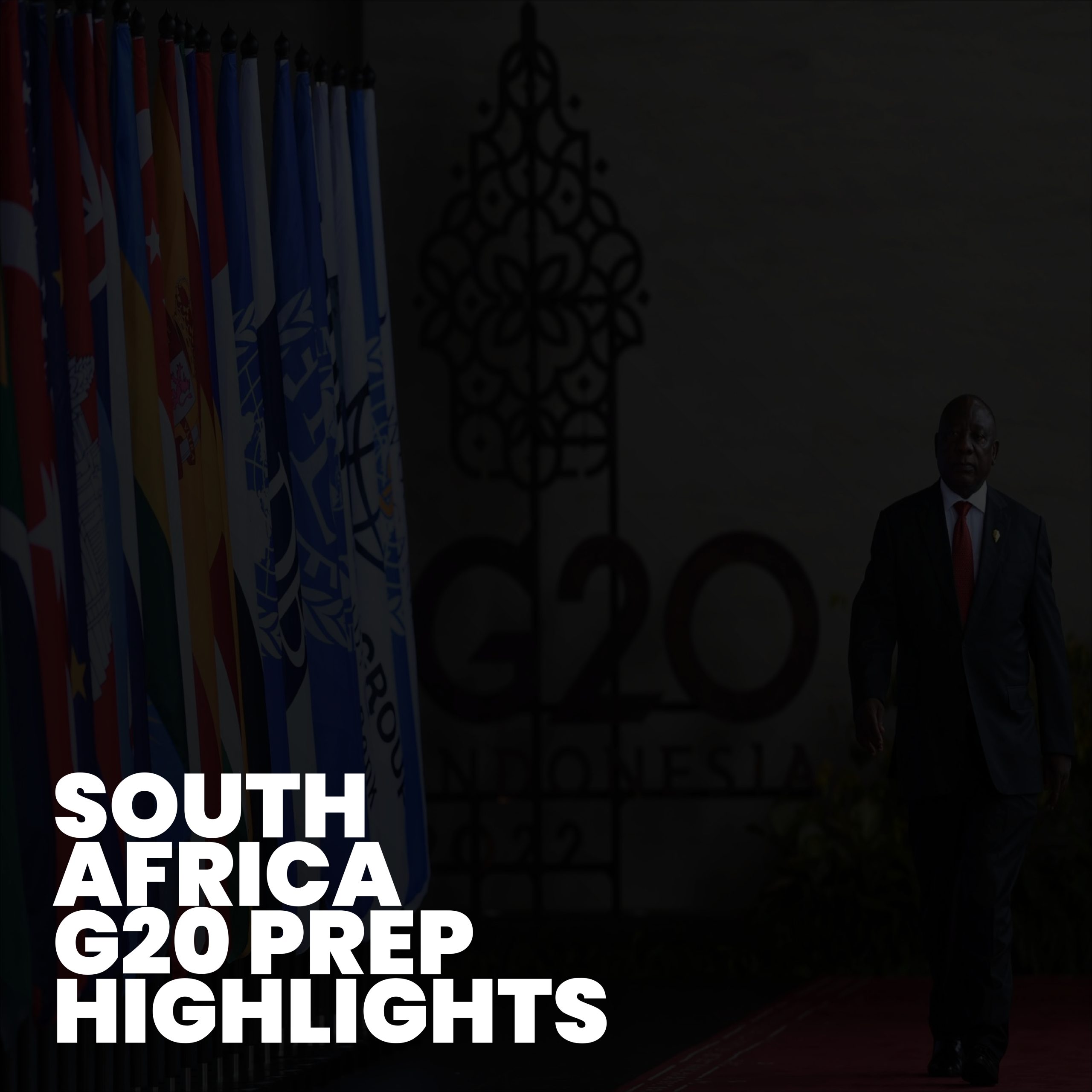Introduction
Gauteng Summit preparations are setting a new national benchmark as South Africa readies itself to host the 2025 G20 Leaders’ Summit on 22–23 November. Premier Panyaza Lesufi confirmed that the province’s infrastructure, water systems, and security networks are fully operational and ready for visitors.
The Gauteng Summit is more than logistics; it’s a symbol of transformation. By combining smart planning, community participation, and sustainable investments, Gauteng is turning an international event into a catalyst for lasting development.
Gauteng Summit Initiative 1 – Revamping Transport Corridors
Transport is the cornerstone of readiness. Major roads connecting the Nasrec Expo Centre, OR Tambo International Airport, and the Sandton business hub have been resurfaced and modernized.
Traffic lights now operate on automated timing, and emergency lanes ensure uninterrupted delegate movement. These improvements benefit residents just as much as the summit. The Gauteng Summit has transformed pressure into progress, laying the groundwork for future mobility upgrades.
Gauteng Summit Initiative 2 – Reliable Water Infrastructure
Water supply stability has been guaranteed through targeted maintenance. Engineers repaired critical leaks, reinforced pipelines, and introduced digital pressure-tracking sensors.
Reservoirs across the network have been refilled and remotely monitored. Emergency tankers stand ready if demand spikes. These actions extend well beyond the summit itself—proving that the Gauteng Summit approach strengthens public utilities permanently.
Gauteng Summit Initiative 3 – Smart Traffic and Public Transport
A unified mobility system now integrates buses, rail, and shuttle routes. Dedicated corridors link hotels and venues, while digital dashboards display live congestion data to adjust signal cycles instantly.
This system keeps city traffic fluid during the event and sets a precedent for smart-city management. The Gauteng Summit has effectively turned Johannesburg into a living laboratory for intelligent transport planning.
Gauteng Summit Initiative 4 – Safety and Emergency Readiness
Security has been tightened through a new joint-operations center coordinating police, intelligence, and emergency teams. Drone surveillance, road cameras, and license-plate scanners provide real-time coverage.
Hospitals near the main venue have expanded capacity, and quick-response medics will be stationed along major corridors. The model enhances both visitor protection and ongoing provincial safety standards.
Gauteng Summit Initiative 5 – Sustainability and Energy Innovation
Gauteng’s readiness plan prioritizes eco-efficiency. Solar lighting now brightens major intersections, and water-saving systems have been installed in key public buildings.
Recycling bins and compost units have been deployed at high-traffic zones. These initiatives reduce emissions and operational costs, showing that the Gauteng Summit merges event performance with environmental accountability.
Gauteng Summit Initiative 6 – Inclusive Economy and Local Procurement
More than 40 % of project contracts have gone to small and medium enterprises. Thousands of temporary jobs were created in construction, cleaning, and logistics, while local caterers supply event venues.
Economists forecast a multi-billion-rand injection into the provincial economy. Beyond short-term revenue, the empowers small businesses with experience that will strengthen future tender participation.
Gauteng Summit Initiative 7 – Cultural and Tourism Showcase
Tourism authorities are using the event to highlight Johannesburg’s heritage and creativity. Delegates will tour landmarks such as Soweto, Constitution Hill, and Maboneng Precinct.
Cultural fairs, township cuisine, and local art exhibitions will complement the summit schedule. The becomes not only a diplomatic platform but also a stage for South Africa’s artistic and cultural excellence.
Gauteng Summit Initiative 8 – Community Participation and Transparency
Residents have been deeply involved in the preparation drive. Neighborhood clean-ups, youth volunteer programs, and public briefings keep citizens informed and engaged.
This openness has built trust between authorities and communities. The proves that successful governance depends on inclusion, communication, and accountability.
Gauteng Summit Initiative 9 – Legacy and Institutional Learning
Every system built for the summit has a future purpose. The command center will continue as a permanent emergency-response hub; road-maintenance dashboards and water-monitoring networks will operate year-round.
Data gathered during the event will guide future urban-planning and risk-management policies. Through these measures, the Gauteng Summit transforms short-term readiness into long-term institutional strength.
FAQs
Q1. What is the Gauteng Summit?
The is South Africa’s readiness initiative for hosting the 2025 G20 Leaders’ Summit, focusing on infrastructure, safety, and sustainability.
Q2. How is Gauteng ensuring smooth operations for the G20?
By upgrading roads, integrating public transport, improving water systems, and creating a real-time command center for efficient coordination.
Q3. What legacy will the Gauteng Summit leave?
It will leave smarter infrastructure, greener energy systems, enhanced safety capacity, and stronger community partnerships across the province.
Conclusion
The Gauteng Summit reflects South Africa’s ability to combine efficiency with vision. What began as event preparation has evolved into a blueprint for sustainable growth and inclusive progress.
When world leaders gather in Johannesburg this November, they’ll witness a province that invested in long-term benefits, not just temporary polish. The stands as proof that readiness, when planned wisely, can become lasting transformation.




